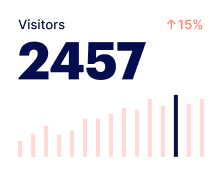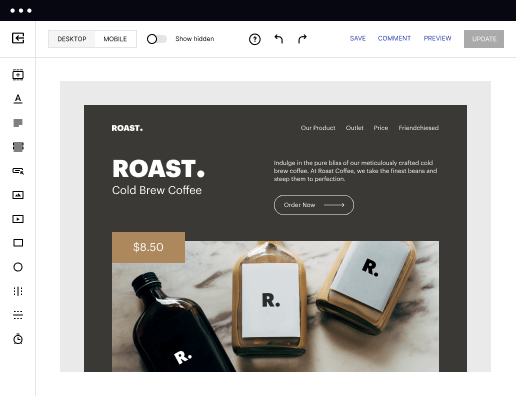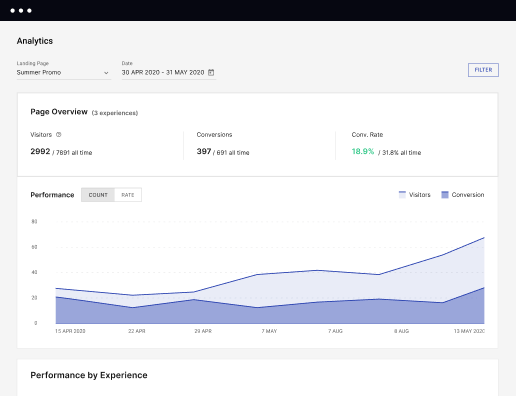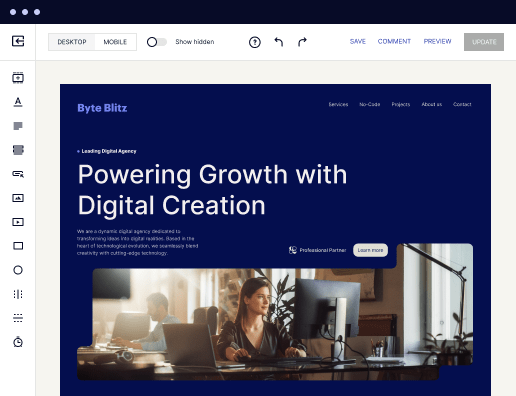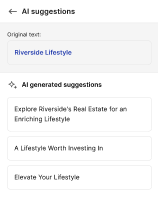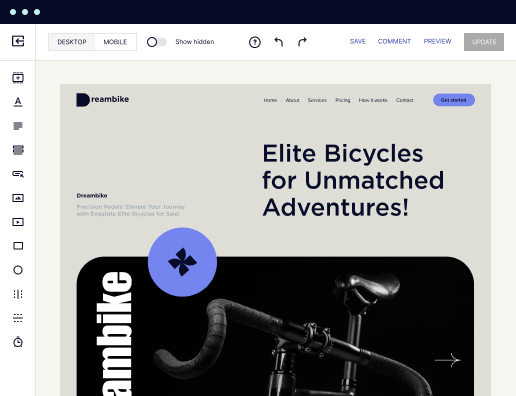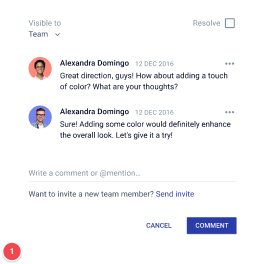Make your navigation page designed for Debian
Instapage empowers you to reduce costs, increase conversions, and deliver meaningful experiences on Debian.
How to Build Your Navigation Page on Debian Effectively
Building a navigation page on Debian can drastically enhance your website's usability and user experience. Instapage offers marketers a robust platform to create compelling landing pages that not only resonate with audiences but also drive conversions. By leveraging features tailored for specific sectors like Tech, Education, and Financial Services, you can craft navigation pages that are seamless and effective.
Understanding Your Goals
Before creating your navigation page, it’s critical to define your objectives. What do you want to achieve? A clear understanding of your goals will dictate the design and content of your navigation page. Here are four key considerations:
- Identify user pain points: Understand what users are looking for to streamline their journey.
- Align with marketing objectives: Ensure your navigation assists in achieving broader marketing goals.
- Consider audience diversity: Cater your design to different demographics and sectors.
- Focus on conversion paths: Highlight calls-to-action to guide users effectively.
Choosing the Right Layout
The layout of your navigation page plays a pivotal role in user experience. Here’s how to select an optimal design:
- Utilize Instapage templates: Make use of over 100 pre-designed layouts to save time on page creation.
- Ensure mobile responsiveness: Consider users on all devices by testing layouts across different screen sizes.
- Incorporate dynamic text replacement: This feature allows you to personalize user experiences by adapting content based on visitor behavior.
Optimization through Experimentation
Optimization is vital for enhancing conversions on your navigation page. Here’s how to implement effective strategies:
- Conduct A/B tests: Test different versions of your page to identify which elements perform best.
- Make use of heatmaps: Visualize user behavior on your page to make data-driven adjustments.
- Analyze performance metrics: Utilize Instapage's analytics dashboard to track engagement and refine your strategies.
By following these steps, you can create a navigation page on Debian that effectively meets your marketing needs and resonates with your target audience.
Take your landing page to the next level with Instapage’s rich suite of features designed for optimizations and enhancing user engagement.
Start building your perfect navigation page today with Instapage! Explore our intuitive platform and see how easy it can be to boost your conversion rates.
Get more out of Build your navigation page on Debian
Improve your Quality Score with quick load technology for landing pages
Increase conversions with content that aligns with your ads and audiences
Achieve maximum ROI by scaling your marketing initiatives
Leading the way in building high-performing landing pages





FAQs
See how to build your navigation page on debian in action
Ready to skyrocket conversions?
Supercharge your ad campaigns with high-performing landing pages.
Get started
